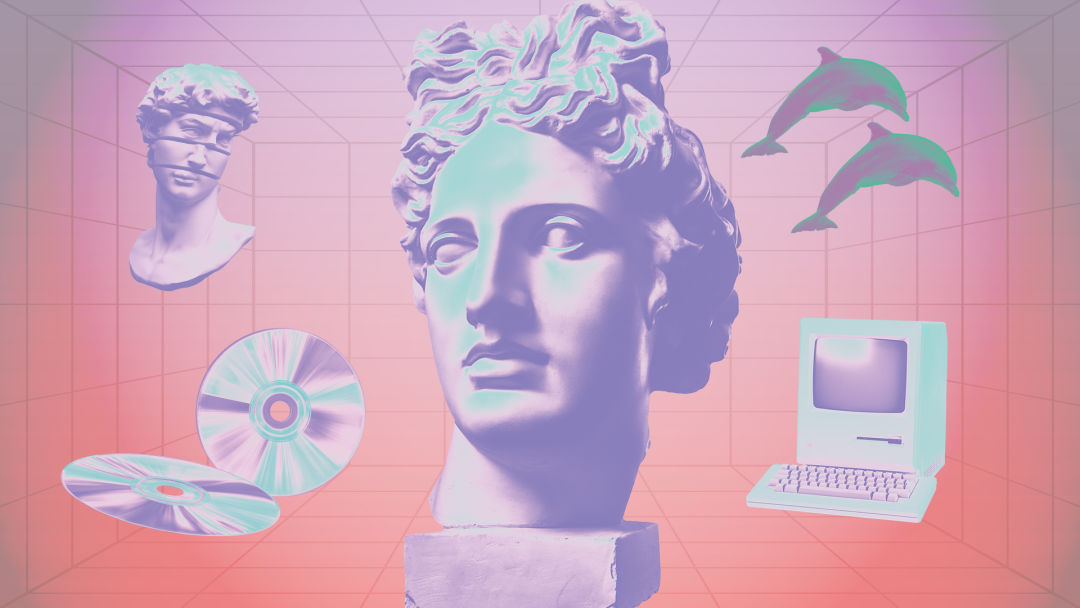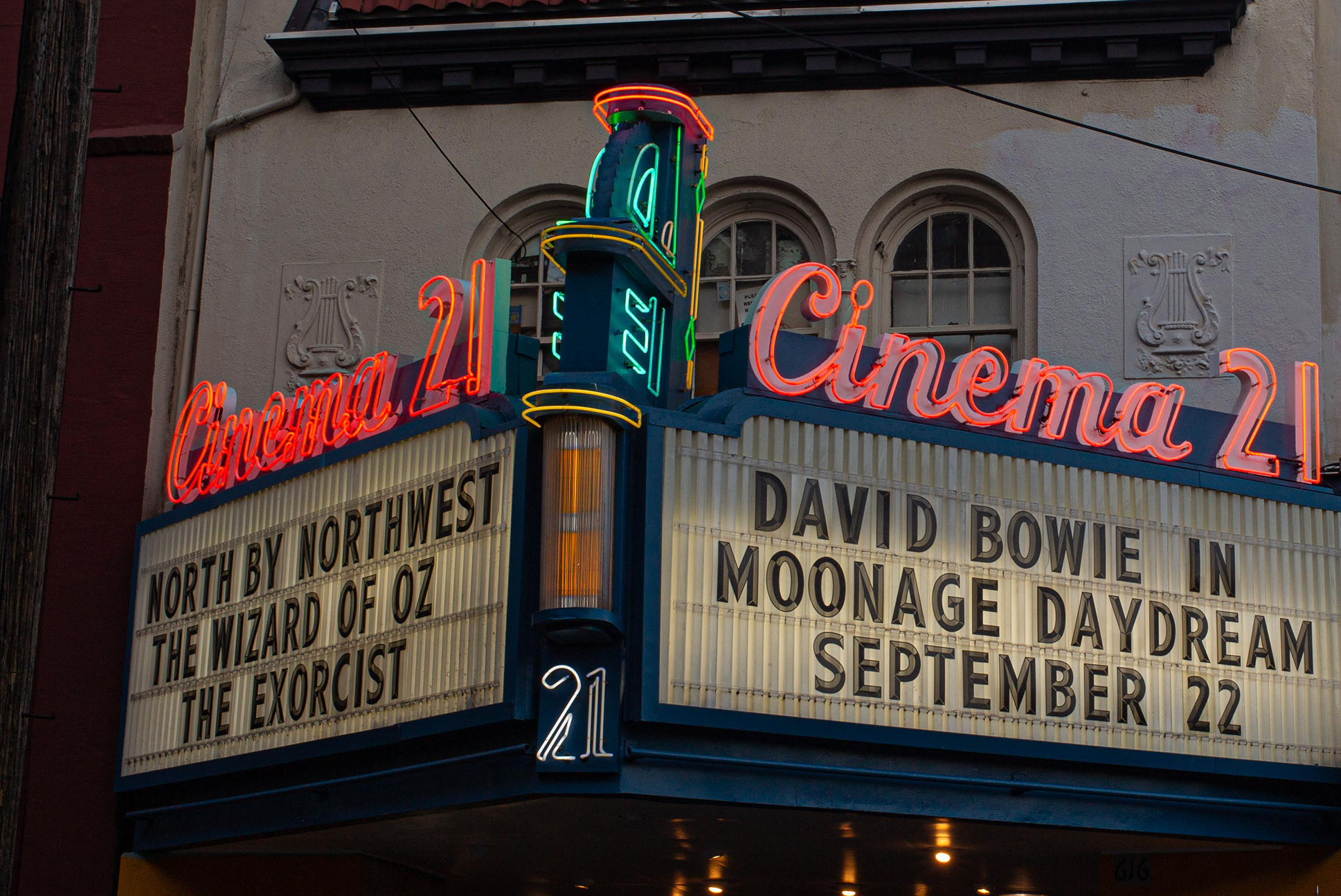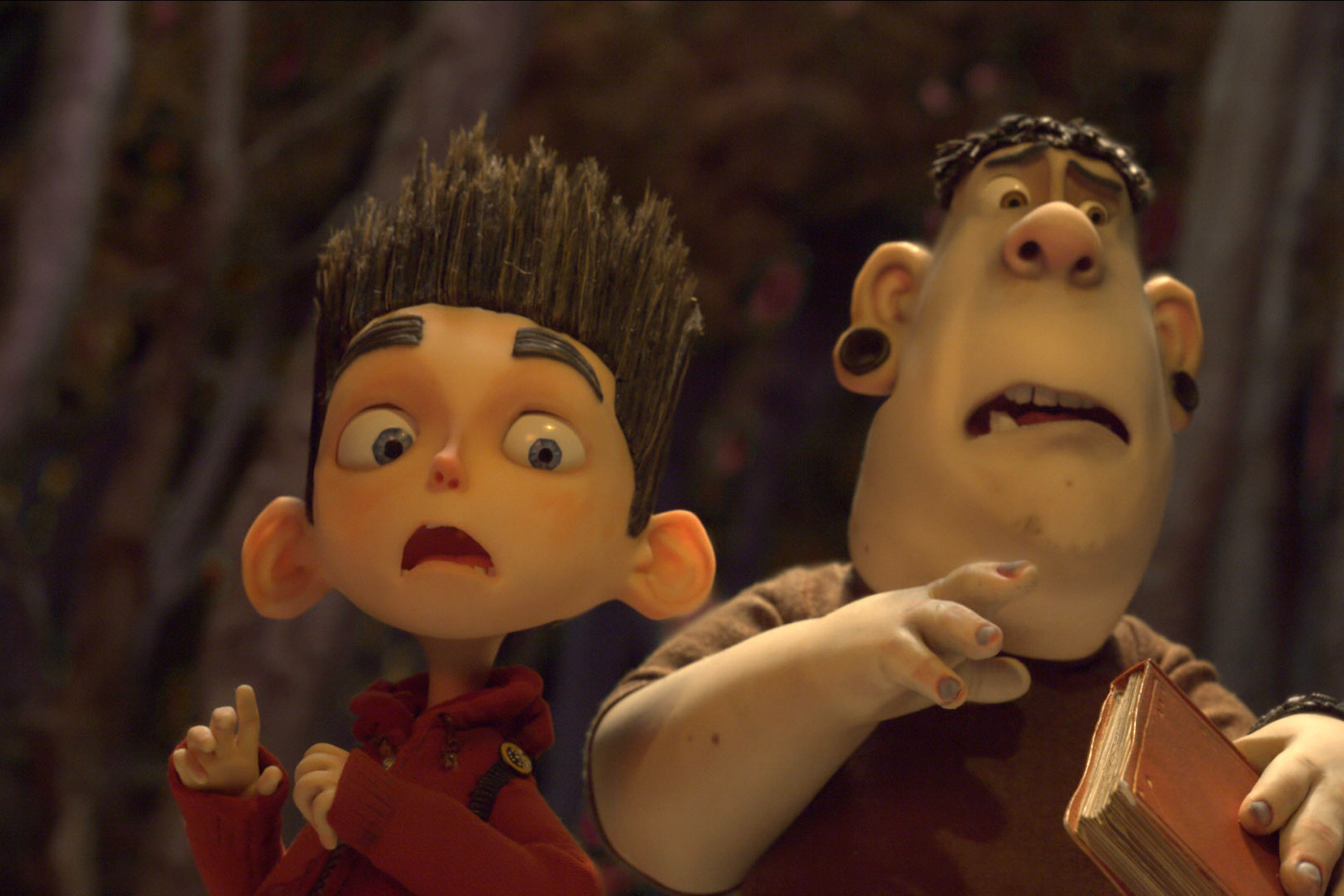A Timeline of Vaporwave’s Vektroid-Fueled Intersection with Portland

Vaporwave, bruh.
Stuck as we are in humbling 2021, the optimism and extravagance of the ’80s and ’90s feel far behind us: the malls, the hubris of home computing, the crushing influence of US economic might forcing the rest of the world into neon loungewear. But the aesthetics were not forgotten by the prophetic, 2010s-era electronic music genre known as vaporwave, whose roots run right through Portland.
At the center of vaporwave’s rise is local music producer and multidisciplinary artist Ramona Xavier, a.k.a. Vektroid, whose 2011 album, Floral Shoppe, is often credited with solidifying the genre and aesthetic. Vaporwave moved the American mall online with tropical-hued, chopped and screwed, slow nostalgia albums that put listeners back in Muzak-filled elevator rides and faced them forward with cheeky critiques of consumerist culture.
You can see the genre’s influence in the luminescent halls of Drake’s “Hotline Bling” music video or the auto-tuned chaos of 100 Gecs. Here are a few milestones from the genre’s impetus to Xavier’s current work to catch you up on this important art form.
1980s through early 2000s
Precursors to vaporwave crop up in the works of envelope-pushers like Japanese electronic musician Ryuichi Sakamoto, whom Xavier later cites as an influence. Late emcee MF Doom’s track “Zatar,” from his 2002 mixtape Special Herbs, Vol. 2, is often called out as another early example of vaporwave: the cheesy, jagged loop is imbued with funk-era sampling methods (nostalgia, check) and also flirts with ’90s Muzak (dystopian mall, check).
2009
Xavier hits the scene hard, releasing six albums in a single year. Her prolificacy will prove characteristic of her work.
2010
Experimental musician Oneohtrix Point Never releases Chuck Person’s Eccojams Vol. 1. The cassette’s artwork heavily references the 1992 Sega video game Ecco the Dolphin, and its sound references the game’s somber-yet-tropical score. Eccojams also includes slowed-down samples of popular songs by Toto and Heart; sampling and slowing ’80s and early ’90s tracks will become a signal bearer of the vaporwave genre.
2011
Chopped and screwed as Eccojams was, it pales in comparison to the opening Sade-crawl on Floral Shoppe, which Xavier releases under the alias Macintosh Plus. Although vaporwave is a term that earns looks of confusion, even now, many can place Floral Shoppe’s iconic album cover, which featured a Greco-Roman statue head set atop a pink and black tile, traveling back to the infinite horizon.
2012
In November, Rihanna performs “Diamonds” on Saturday Night Live. At the time, the performance is labeled “Seapunk,” but the 3-D visuals and floating Grecian busts are directly ripped from the world of vaporwave, especially the art on Floral Shoppe.
2018
A physical copy of Floral Shoppe sells online for $1,300, flying in the face of vaporwave’s largely nonphysical, anticonsumerist message. In an interview with Willamette Week, Xavier says she wants to move “beyond music.” In October, she unveils a “video mixtape” (a mashup of YouTube videos overlayed with audio samples) called Peace Forever Eternal Vol.1 live at Bit House Saloon on SE Grand.
2021 and beyond
Throughout much of 2020, Xavier hints she’s remixing a track by synth-punks 100 Gecs—whose music clearly uses her own as a touch point—even allowing fans to watch her hash it out live on Twitch. At one point, the remix is 15 minutes long. Then 2021 arrives, and we’re still waiting, but Xavier teases that the track is close to completion, and she also has new works and reissues coming on her label Chronos and Vermillion.




